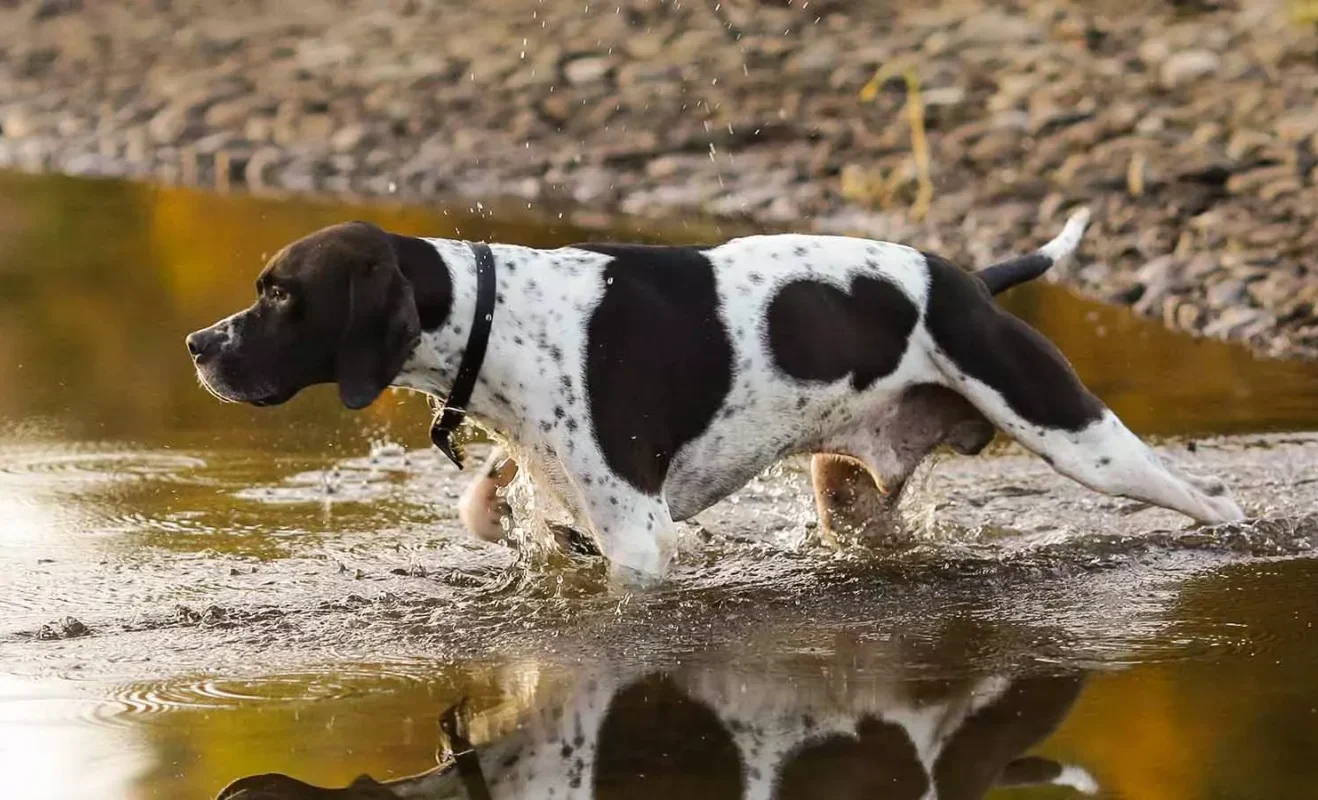
Tips from a SF Dog Walker
I came upon a Dog Walker in McLaren Park while he was on his cell phone discussing an issue with one of his clients. As he was preoccupied and had his back to his pack of dogs, he didn’t notice that one of the dogs was drinking from a muddy puddle of water. As a fellow SF Dog Walker, I thought I would help him out by shooing the dog away from it. When he got off the phone, he said that I need not bother doing this in the future; that he lets his dogs drink from puddles and has been doing so for over 10 years and nothing has happened yet. He then reminded me of the time that I informed him that one of his dogs was eating a dead seal on the beach. He informed me that the dog had been eating dead sea lions on the beach for years and nothing had happened yet.
As a SF Dog Walker, I know from research that puddles in San Francisco Parks are often sources of drinking water for racoons, rats and other wildlife and can cause a dog to develop bouts of vomiting, diarrhea, by infecting the dog with Giardia, a water borne disease. Additionally, if a dog is eating dead or coming into contact with dying seals on the beach, they are potentially being exposed to Leptospirosis – a serious and deadly situation.
These two diseases are currently very active in San Francisco and both are contagious to dogs and humans and can be passed from dog to human. What this means to the average San Franciscan is that the family dog may be exposing your family to very serious illnesses if they are regularly drinking from muddy puddles in the parks or eating dead or dying seals on the beach.

 Five documented cases of
Five documented cases of 



